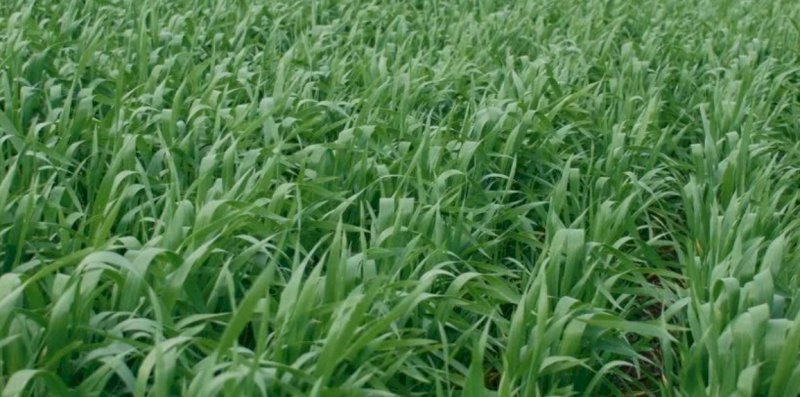AWB - Grains market lifts in face of season’s challenges
- By: "Farm Tender" News
- Cropping & Grain News
- Jun 01, 2022
- 359 views
- Share

By Alistair Murphy - AWB
International wheat futures have consolidated this week after rallying last week on the back of India’s decision to abruptly ban exports. India has played an integral role in fulfilling some of the short-term international demand that the black sea traditionally supplies, so when news hit of the export ban in mid-May markets rallied in strong fashion.
It seems like now the marketplace has had some time to process the news of India’s decision and last week’s USDA report. International exchanges have since retraced lower reacting to news of positive weather predictions for parts of America, Black Sea and Europe. Though should this positive outlook eventuate it still only influences these countries new crop production potential, which is why the market has been watching Australia and India so closely in recent months.
India isn’t a traditional exporter of wheat, as they have a significant population to feed, and much like Australia can see some extremely big swings in domestic production due to high variability in seasonal conditions. On the back of the devastating situation in the Black Sea, strong export demand incentivised non-traditional export flows from the subcontinent into international supply chains after recently producing an exportable surplus.
The Indian government recently announced a revised wheat production estimate of 105 million tonnes, lowered from the initial forecast of 111 million tonnes. So, with India expecting a smaller crop and a worldwide economy that is focusing on managing inflationary pressures it seems that alternative origins will need to be considered.
Conditions closer to home here in Australia remain very wet, and whilst there is more money in mud than dust it is slowing new crop sowing pace in NSW. While the cereal sowing window is still wide open, the ideal canola seeding window has closed, which has created a tough decision for those growers yet to complete their canola programs on whether to take the risk to late sow remaining allocated acres.
Should some intended Canola acres not go in the ground, the next question will be what’s the next step to best utilise the unsown arable area. New crop wheat values are still at historically high deciles and with lower input costs than canola, wheat could possibly be an alternative. Barley is also an alternative, and whilst over the last 18-month barley hasn’t seen the exact same highs as wheat , attractive new crop malt premiums are starting to become visible in the marketplace.
Australia’s supply chain also continues to heave under the massive task of getting this huge crop to where the marketplace wants it. Road and rail capacity remains very tight on the East Coast, and the constant wet weather has further compounded the task of exporting this big crop. It’s strange to think that only 2 short years ago our infrastructure network was being utilised to execute grain in a completely opposite flow than what we see today. Even with this season’s significant challenges, it’s great to see rural Australia doing what it does best.










Share Ag News Via